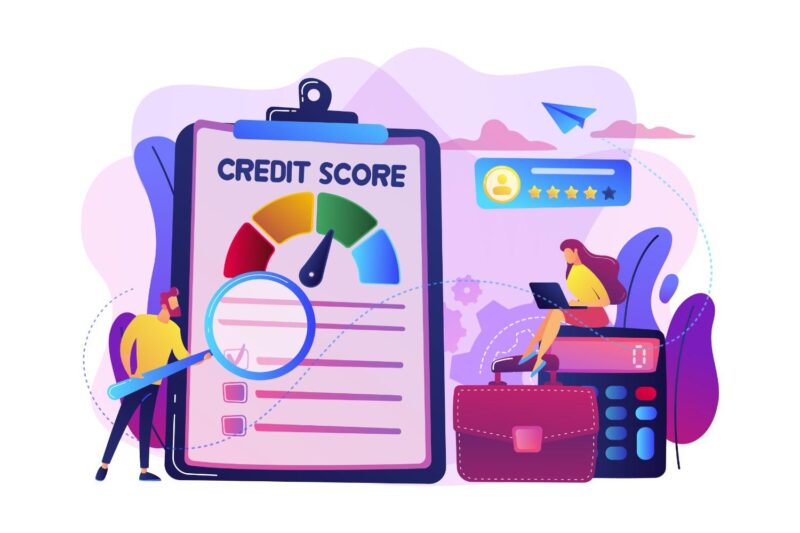When it comes to borrowing, choosing the right repayment tenure is just as important as the loan amount. Many borrowers prefer a personal loan for the long term, since it offers lower monthly installments (EMIs) and more breathing space to manage finances. However, extended tenures also mean paying more in interest overall. Platforms like Olyv help applicants compare and choose loan terms that fit their budget.
What is a Long-Term Personal Loan?
A long-term personal loan refers to borrowing with a repayment period that usually ranges from 3 to 7 years in traditional banking. In contrast, some digital platforms like Olyv facilitate flexible terms from 2 to 18 months, which is considered long-term in short-duration lending.
Benefits of Choosing a Personal Loan for Long Term
- Lower EMI Burden – Smaller monthly installments make repayment easier.
- Financial Flexibility – Easier to balance with other expenses.
- Better Eligibility – Higher loan amounts may be approved when spread over longer tenures.
- Stress-Free Repayment – Longer tenure reduces the risk of default if income is steady.
Drawbacks of Long-Term Personal Loans
- Higher Total Interest – More time = more interest paid.
- Commitment Period – Borrower stays in debt for longer.
- Prepayment Charges – Some lenders impose penalties if you close the loan early.
EMI Comparison: Short-Term vs Long-Term
| Loan Amount | Tenure | Interest Rate | EMI (Approx.) | Total Interest Paid |
| ₹2,00,000 | 12 months | 14% | ₹18,021 | ₹16,252 |
| ₹2,00,000 | 36 months | 14% | ₹6,837 | ₹46,133 |
| ₹2,00,000 | 60 months | 14% | ₹4,658 | ₹79,497 |
Insight: A personal loan for long-term reduces EMIs but increases the overall cost. Borrowers should choose based on repayment capacity.
Olyv and Long-Term Loan Options
Through Olyv, borrowers can opt for tenures between 2 and 18 months, which are categorized as long-term in short-tenure personal loans. For example:
- Borrowing ₹1,00,000 for 3 months may require an EMI of ₹36,500.
- The same amount over 18 months reduces EMI to about ₹6,500, making it more manageable month-to-month.
This flexibility helps salaried individuals avoid financial strain while still repaying on time.
Who Should Consider Long-Term Personal Loans?
- Salaried professionals with steady but moderate income.
- First-time borrowers who want smaller EMIs to build a repayment history.
- Families with ongoing expenses such as education or medical care.
FAQs on Long-Term Personal Loan Options
Why choose a personal loan for long-term repayment?
It reduces monthly EMI pressure, making it easier to manage along with other expenses.
How does Olyv facilitate flexible long-term personal loans?
Olyv partners with lenders to provide tenures from 2 to 18 months, giving borrowers the option to spread out repayment without overburdening monthly budgets.
Is it possible to pre-close a long-term loan?
Yes. Most lenders allow pre-closure after a minimum lock-in, though charges may apply. This helps save on future interest.
Does a long-term personal loan affect credit score?
Yes. Consistently paying EMIs on time can improve your credit score, while missed payments may harm it.
Which is better: a short-term or a long-term loan?
Short-term loans save money on interest but have higher EMIs. Long-term loans reduce EMI pressure but increase total interest. Choosing depends on income stability and repayment ability.
Conclusion
A personal loan for long-term is ideal for borrowers who value smaller EMIs and smoother cash flow, even if it means paying more interest in total. With platforms like Olyv, applicants can compare multiple offers, choose flexible repayment plans, and manage their finances better. The right balance between tenure and affordability ensures that a personal loan becomes a financial support, not a burden.




